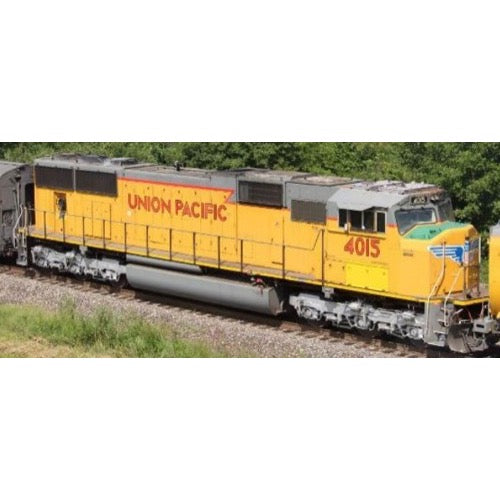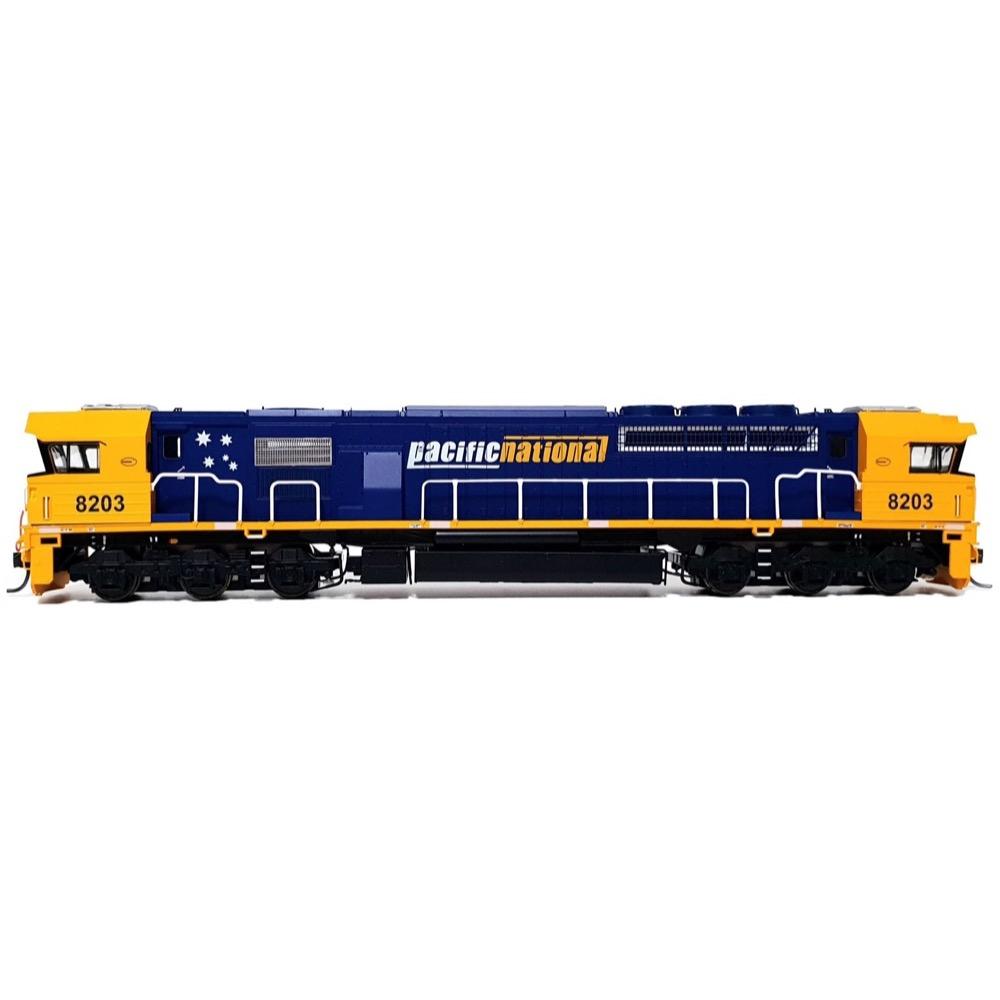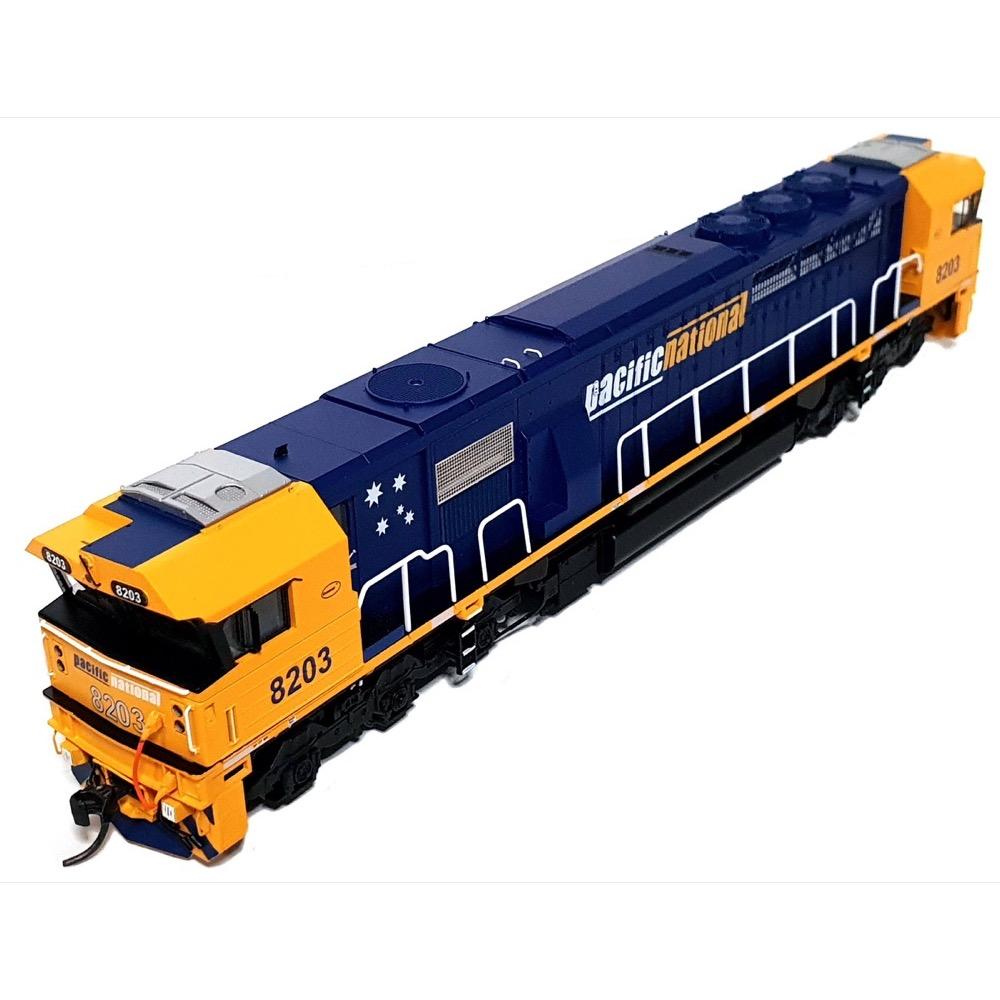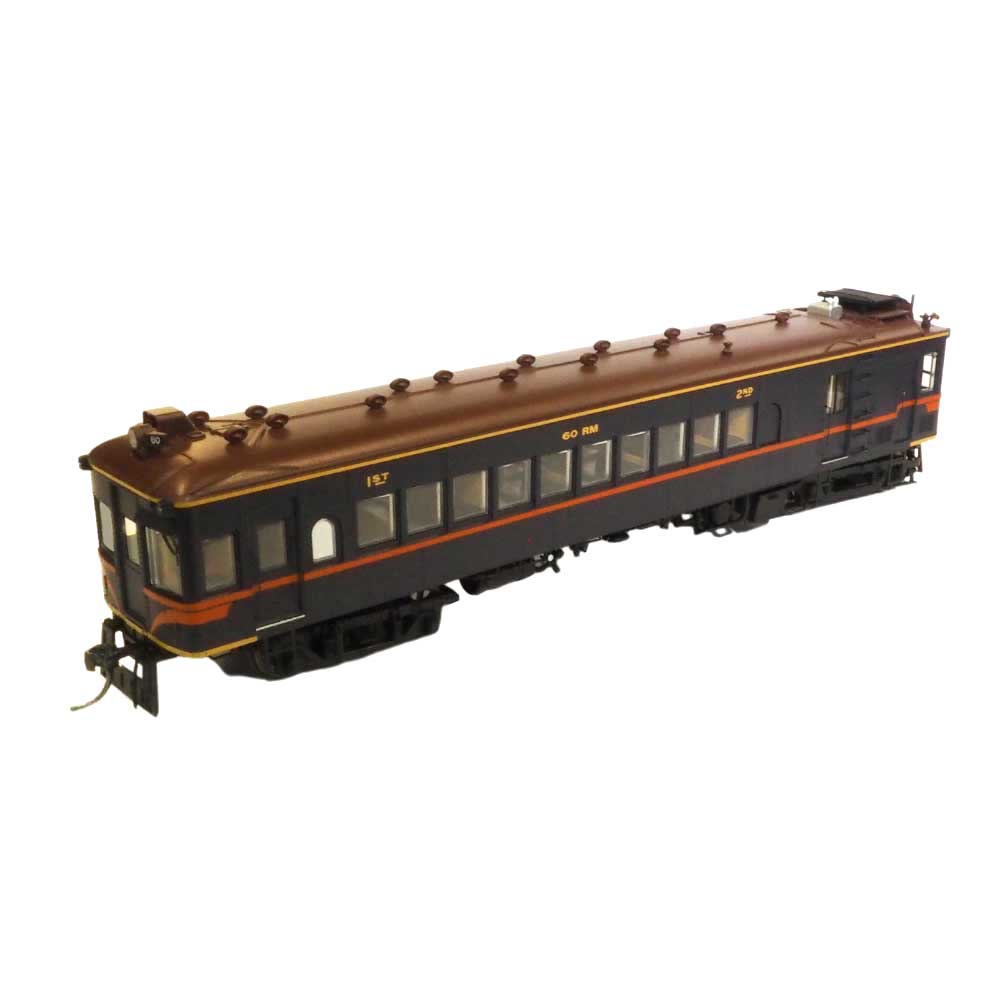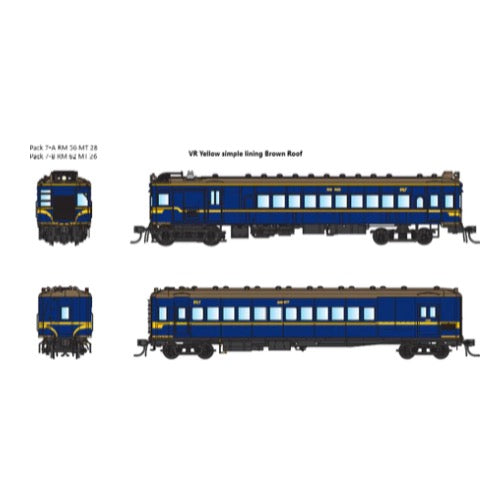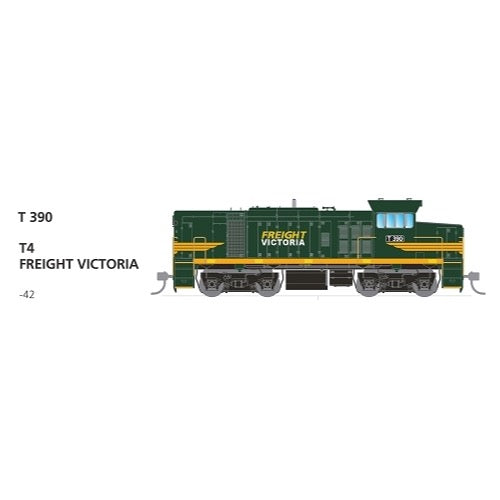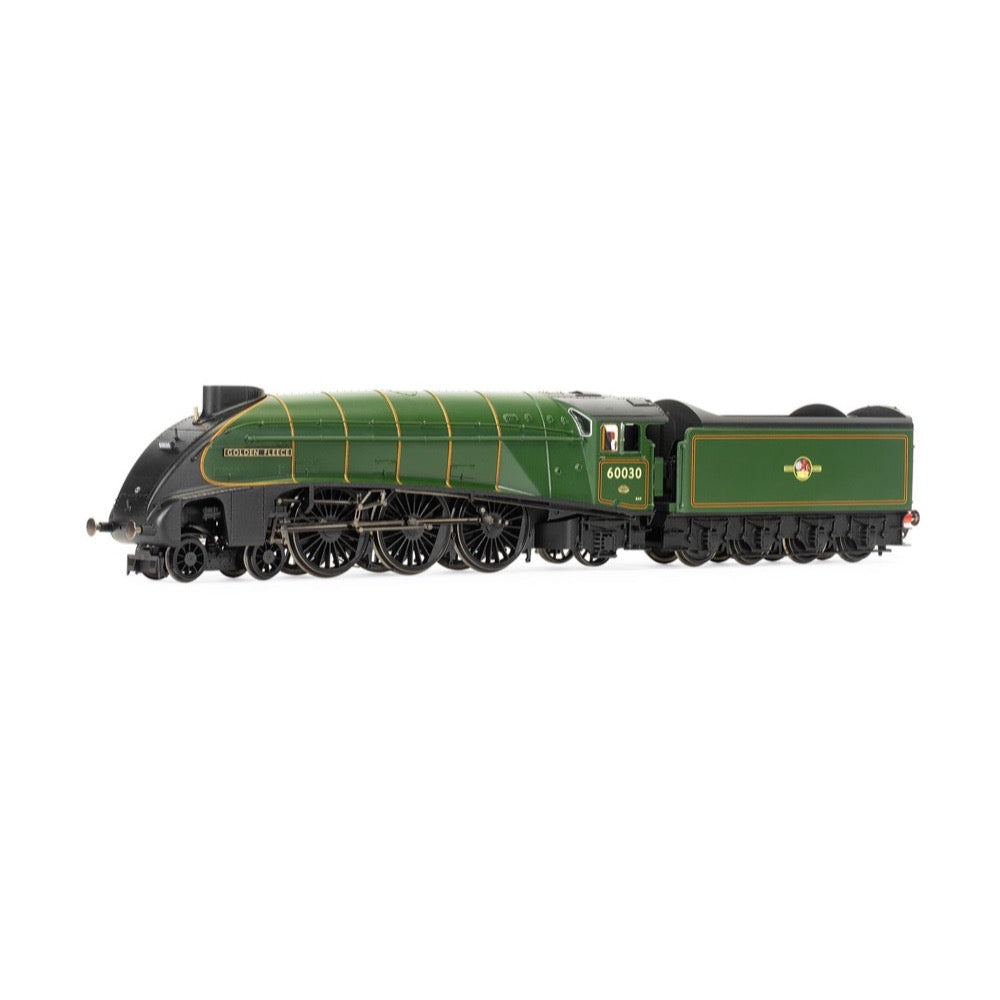
Hornby R3994 OO BR A4 Class 4-6-2 60030 Golden Fleece
LNER 4495 'Great Snipe', soon after renamed 'Golden Fleece' was delivered from Doncaster Works in 1937. After entering service 'Golden Fleece' was chosen to haul the 'West Riding Limited', effectively another 'Coronation' express but serving Newcastle and Bradford rather than Edinburgh. Under Thompson's 1946 numbering scheme the locomotive became No. 30, later becoming British Railways 60030 following nationalization. The locomotive was eventually withdrawn in 1962.
Specification
- Item Length - Without Packaging (cm): 36.2
- Item Height - Without Packaging (cm): 5.8
- Item Width - Without Packaging (cm): 11.2
- Item Weight - Without Packaging: 0.63
- Item Scale: 1:76 Scale 00 Gauge
- Finish: Painted
- Colour: Green
- DCC Status: DCC Ready 21 pin socket
- Operator: BR
- Designer: Sir Nigel Gresley
- Wheel Configuration: 4-6-2
- Livery: BR Green
- Minimum Curve (mm): Radius 2
- Motor: 5 Pole Skew wound
- Number of Parts: 1
- Class: Class A4
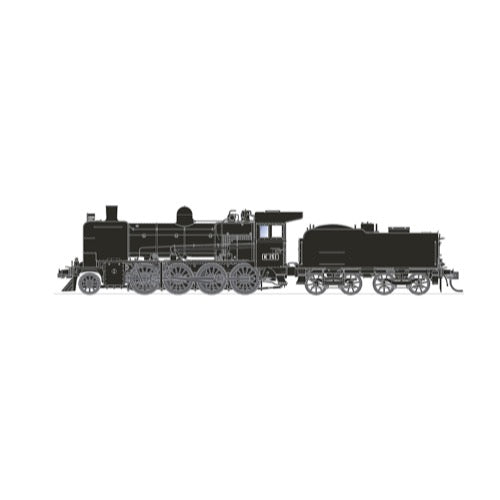
Phoenix Reproductions HO K151 Victorian Railways K Class Locomotive
The Victorian Railways built 53 K class engines at Newport Workshops over a 24 year period, commencing in 1922. The first series of 10 engines were progressively rebuilt in the 1940s to match the performance and visual appearance of the other class members. Later in 1946 the last 9 engines entered service, these engines had single cab side windows and the last 7 engines were fitted Boxpok style driving wheels.
They were extremely versatile engines and could be found and all classes of trains, many worked until the late 1960s and several into the early 1970s.
The Phoenix Reproductions model represents the class in it's later years of government service as well as several colourful liveries of early days preservation.
Features
- Highly detailed Ready-to-Run HO gauge model
- Diecast boiler, frame and footplate
- Genuine Kadee scale head whisker coupler (Tender)
- Separately applied boiler details
- Working LED lights
- All models come standard with an MTC 21 pin motherboard
- Keep Alive Circuit
- DCC version with LokSound V5 decoder
- 22" Minimum Radius
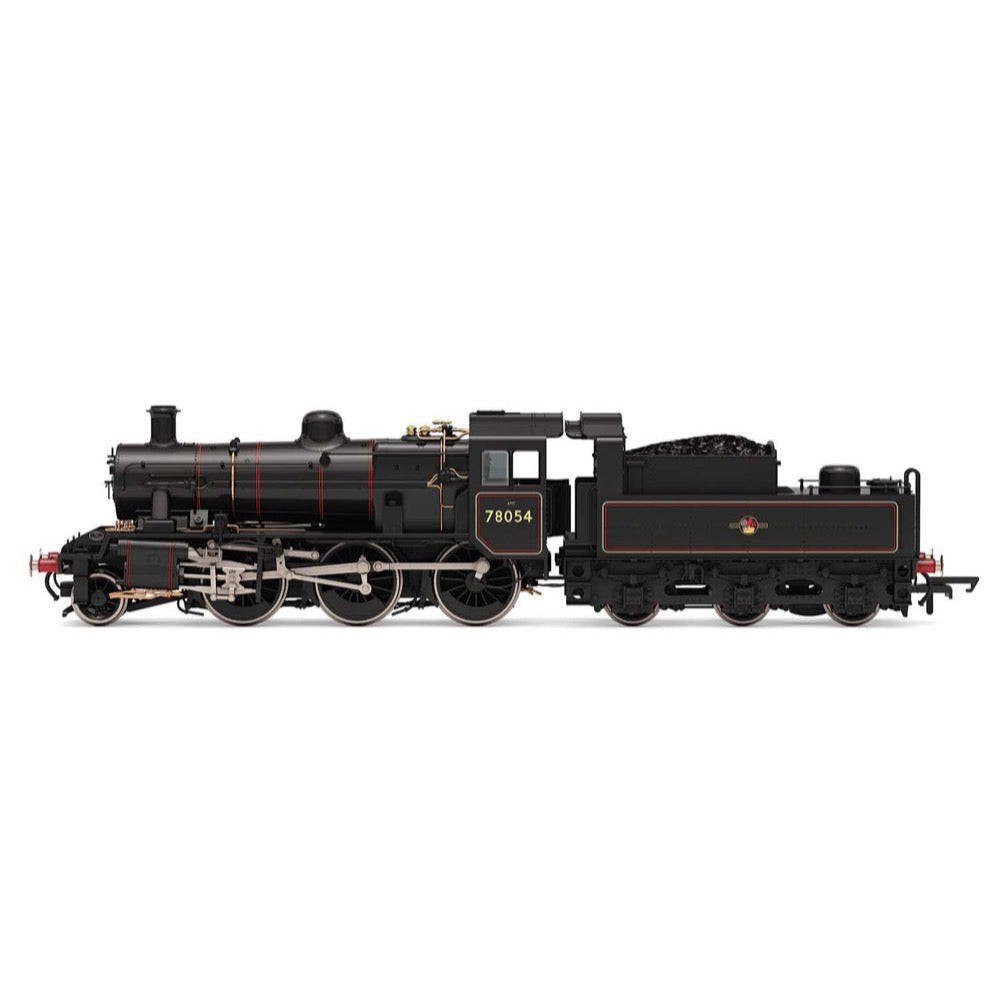
Hornby R3981 OO BR Standard 2MT 2-6-0 78054
Designed by R. A. Riddles and derived from Ivatt's LMS 2MT 2-6-0 locomotive design, itself a variation of Ivatt's Class 2 2-6-2T, the BR Standard Class 2 was the smallest of the BR standards and featured changes to the LMS design such as smaller cabs so that they could be used across the network where loading gauges were less generous. Darlington works was responsible for building the entire fleet of 65 engines and for a time construction of the LMS and BR designs overlapped. Like the LMS predecessor the BR design had a tender cab to enhance crew protection and visibility when running tender-first.
Built as part of a batch of 10 destined for the Scottish Region, No. 78054 was built in 1955 and allocated to the Motherwell depot. The locomotive started out life hauling freight however after a year it was moved to Keith where it ran passenger services. The locomotive was also allocated to Aberdeen Ferryhill and Bathgate sheds before being withdrawn in December 1965.
Specification
- Item Length - Without Packaging (cm): 21.5
- Item Height - Without Packaging (cm): 5
- Item Width - Without Packaging (cm: 3.5
- Item Weight - Without Packaging: 0.3
- Item Scale: 1:76 Scale 00 Gauge
- Finish: Painted
- Colour: Black
- Gauge: OO
- DCC Status: DCC Ready 8 pin socket
- Operator: BR
- Designer: Riddles
- Wheel Configuration: 2-6-0
- Livery: BR Black
- Minimum Curve (mm): Radius 2
- Motor: 5 Pole Skew wound
- Number of Parts: 1
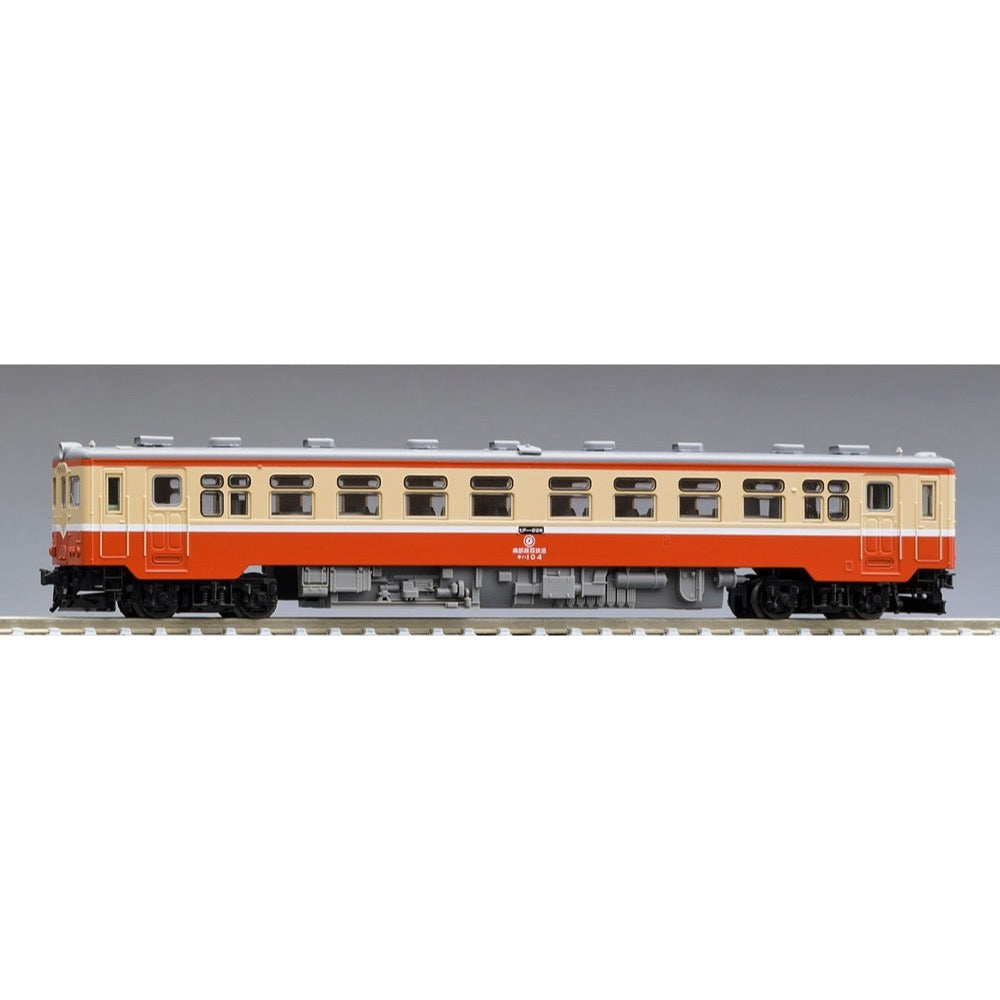
Tomix 8611 N Nanbu Jukan Railways KIHA 10 type (KIHA 104)
The Nanbu Jukan Railway opened in 1962 between Chibiki and Shichinohe, and was later extended to Noheji, utilizing the trackbed of the old Tohoku Main Line that was created when the tracks were switched.
The Kiha 104 was introduced in 1980, taking over from the JNR Kiha 10 series to accommodate the increase in student commuting. It was mainly used during rush hour, but was also used along with the Kiha 101 and 102 for event trains and when there were many passengers just before the service was suspended, and is still preserved in working order even after it was abolished.
Features
- High Grade (HG) specifications
- The appearance equipped with the DT22 type bogie is reproduced by new production
- The single-lamp type shield beam light is reproduced by new production
- The typhoon can be selected from "rotating type, shutter type, slit type"
- The car number and side sign are printed
- The head and tail lights are equipped with a constant lighting board and an ON-OFF switch
- The head lights are lit by a light bulb color LED
- The front window H rubber is reproduced in gray, and the side window H rubber is reproduced in black
- Uses a power source with a flywheel
- Uses black wheels
- Uses an M-13 motor
- TN coupler (SP) is standard equipment
Contents
Vehicle
- Kiha 104 (M)
Accessories
- Runner parts: Signal flare
- Runner parts: Snowplow, obstacle deflector
- Runner parts: Typhoon
- Runner parts: Jig
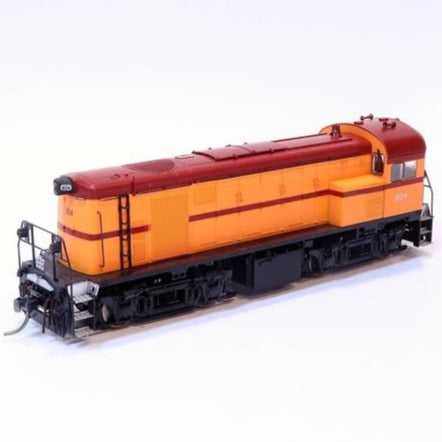
SDS Models HO 804 SAR Traffic Yellow 800 Class Locomotive
SDS Models HO 804 SAR Traffic Yellow 800 Class Locomotive
Entering service from the mid 1956 onwards these 10 English Electric 750 HP shunting locomotives were numbered from 800 to 809. They were predominantly found working around Port Adelaide and in particular Gilman Yard. Later and from time to time they could also be found working Passenger trains around the suburbs. They remained in service until the late 80s and some units through until 1991, all except 801 were scrapped. When AN commenced operations the class leader 800 was renumbered to 810.
Features
- Highly detailed Ready-to-Run HO gauge model
- Precisely tooled plastic body (ABS)
- Genuine Kadee scale head whisker coupler
- Separately applied handrails and detail parts
- 5-Pole skew wound electric motor and dual flywheels
- All wheel drive and electrical pickup
- LED head and marker lights, body mounted
- All models come standard with an MTC 21 pin motherboard


